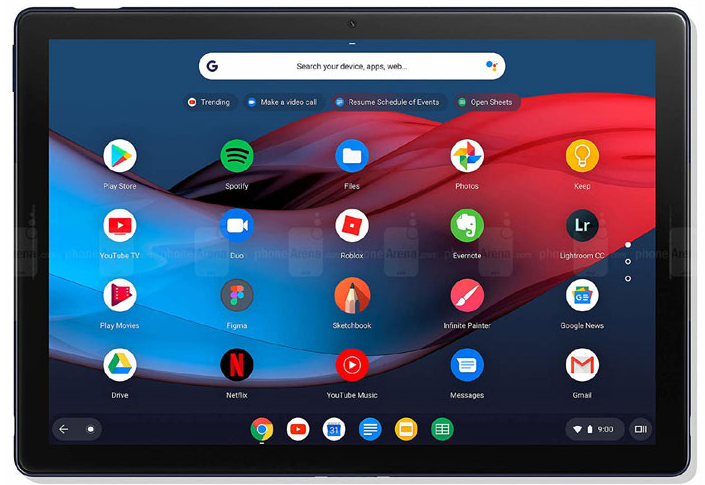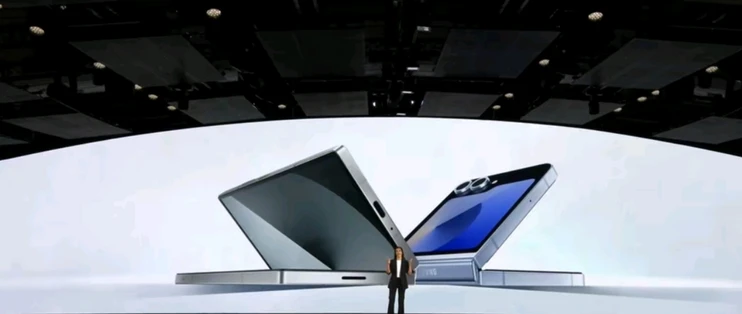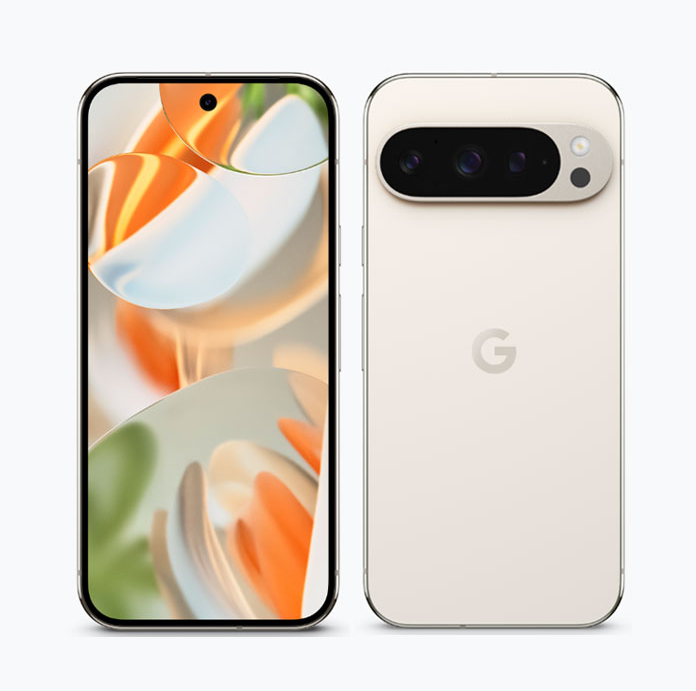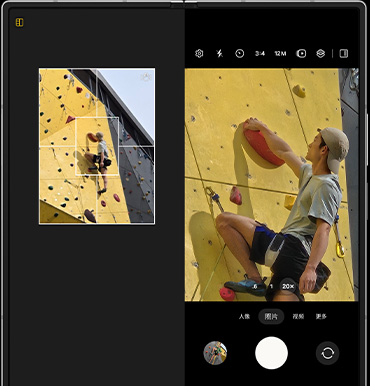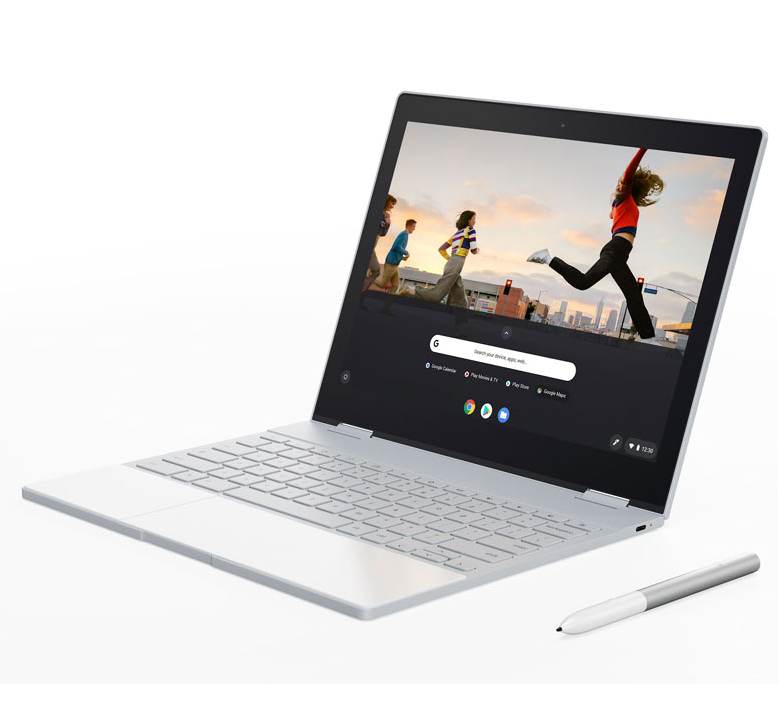
The Google Pixelbook is a premium Chromebook designed to provide the best of both worlds: the simplicity and speed of Chrome OS paired with a sleek, high-performance laptop form factor. Launched as part of Google’s push into the high-end laptop market, the Pixelbook aims to be the ultimate device for both work and play. This review explores the Pixelbook’s performance in terms of design, display, processing power, battery life, and usability to give a comprehensive look at how it stands up to its premium pricing.
Design and Display
The Pixelbook’s design is one of its standout features. Crafted from aluminum and featuring a minimalist, ultra-slim design, it feels premium to the touch and is lightweight, weighing just 2.45 pounds. It has a high-quality feel and easily competes with the best in the industry, including the likes of Apple’s MacBook Pro or Microsoft’s Surface Laptop.
The 12.3-inch display is another highlight, boasting a 2400 x 1600 resolution (235 PPI). The screen offers sharp, vibrant colors with excellent contrast, making it suitable for various tasks, including media consumption, reading, or light photo editing. The aspect ratio of 3:2 gives you more vertical space, which is great for productivity tasks like browsing, working with documents, and multitasking. Whether you’re streaming videos or working with multiple browser tabs, the display is bright enough to handle most lighting environments, including direct sunlight.
The touchscreen capabilities are responsive and add to the overall experience, allowing you to switch seamlessly between laptop and tablet modes. However, while the screen is stunning for everyday tasks, it might not offer the same level of color accuracy and contrast you get from more premium displays, such as the Retina displays found on Apple devices.
Processor and Performance
The Pixelbook comes with three different processor options, ranging from the Intel Core i5 to the Core i7, providing flexibility depending on your needs. Paired with 8GB or 16GB of RAM, the device offers sufficient performance for a variety of tasks, from web browsing and document editing to multitasking and running Android apps.
- Intel Core i5: For general users, the Core i5 model offers an excellent balance of performance and value. It’s fast enough for web browsing, watching videos, running productivity apps like Google Docs or Microsoft Office, and light photo editing. Multitasking is handled well, with minimal lag, even when running several tabs and apps simultaneously.
- Intel Core i7: The Core i7 version offers a performance bump for power users. It’s ideal for heavier tasks like video editing, running Linux apps, or even light coding. Multitasking on this model feels seamless, and it handles demanding applications better than the i5, making it more suited for professionals who require additional computing power.
For most users, the Core i5 will be more than sufficient, but the Core i7 is great for those who want more future-proof performance or regularly run more intensive tasks.
The SSD storage (ranging from 128GB to 512GB) ensures fast boot times and quick access to files and applications. Chrome OS is lightweight and optimized to run efficiently, contributing to the overall speed of the device. It performs well in tasks like web browsing, media consumption, document creation, and even light gaming or development work.
Battery Life
Battery life is one of the Pixelbook’s strong points. With a 41Wh battery, users can expect 7-10 hours of use on a single charge, depending on their usage. For light tasks like web browsing, video watching, or working in Google Docs, the Pixelbook easily gets through a full day without needing a recharge. Even with more demanding use cases—such as streaming video in 4K or running more intensive apps—the battery holds up well and generally lasts through the majority of the day.
The Chrome OS system, being lightweight and efficient, helps the Pixelbook deliver solid battery life, though it’s worth noting that higher performance configurations with the Core i7 processor can be a little more power-hungry than the Core i5 models. Charging time is relatively quick, and the device includes USB-C charging, making it easy to top up with compatible chargers.
While the battery life is solid, it doesn’t quite reach the level of some competitors, such as the Apple MacBook Air, which can last up to 12 hours. Still, the Pixelbook’s battery is more than enough for most users to get through an average workday without needing to plug in.
Keyboard and Trackpad
The keyboard on the Pixelbook is a joy to use. With a comfortable amount of key travel and well-spaced keys, typing is efficient and satisfying. The keys are backlit, which is a nice touch for working in low-light environments. The layout is intuitive, and the overall experience is on par with premium laptops, offering a quiet and responsive typing experience.
The trackpad is large, smooth, and responsive, with support for multi-finger gestures. It provides a fluid experience for navigating through Chrome OS, which is designed with trackpad gestures in mind. Whether you’re switching between apps, scrolling, or zooming in on photos, the trackpad is precise, and there’s minimal friction.
For those used to more traditional laptop trackpads, the Pixelbook may feel a little different, but it offers excellent precision and works well for all tasks.
Operating System and Software Compatibility
The Chrome OS running on the Pixelbook is one of its most important features. Initially designed to be a cloud-based operating system, it has evolved to handle a wide range of tasks, from web browsing and document editing to running Android and Linux apps. Google Play Store integration ensures access to a large library of Android apps, while the inclusion of Linux support adds even more functionality for developers and power users.
With the Pixelbook, users can run a range of Google services, including Gmail, Google Drive, and Google Docs. These services are fully integrated, making it an ideal device for those who work within the Google ecosystem. The Pixelbook also supports progressive web apps (PWAs), which allows users to run apps directly from the browser without installing them.
While Chrome OS can run most productivity apps, it still has limitations compared to more traditional operating systems like Windows and macOS. If you need professional-grade software for tasks like video editing (Adobe Premiere Pro), graphic design (Photoshop), or development (Visual Studio), you might find Chrome OS lacking in some areas. However, for most users who rely on web-based apps or need Android app compatibility, the Pixelbook is an excellent choice.
Camera and Audio Quality
The Pixelbook comes with a 720p front-facing camera, which is decent for video calls. It captures clear images, even in low-light environments, making it ideal for conference calls or virtual meetings. However, the camera isn’t going to win any awards in terms of image quality, so if you’re looking for a device with a top-tier camera for content creation or professional videography, the Pixelbook might fall short.
In terms of audio, the Pixelbook features dual front-facing speakers that produce clear sound for media consumption, video calls, and music. The sound is loud enough for most environments, but like many laptops, the speakers may lack deep bass or a rich sound profile. Still, the audio quality is more than sufficient for everyday tasks.
Price and Value
The Pixelbook is a premium device, with a price that reflects its high-end build quality and performance. The base model with the Intel Core i5 processor and 8GB of RAM starts at a reasonable price for a premium laptop, though the price increases when opting for higher configurations or adding accessories like the Pixelbook Pen or Pixelbook Keyboard. Given its premium design, build quality, and solid performance, the Pixelbook provides good value if you’re looking for a device that balances work, media, and portability.
Conclusion
The Google Pixelbook is an outstanding Chromebook that delivers premium performance, design, and display quality in a sleek, lightweight package. Whether you’re using it for work, media, or casual browsing, it provides a fast, seamless experience. Its integration with Google’s ecosystem, support for Android and Linux apps, and impressive display make it a great choice for users looking for a versatile laptop.
The main drawbacks are the high price, limited software support for certain power users, and average battery life compared to some competitors. Still, the Pixelbook is an excellent choice for most users, particularly those within the Google ecosystem or anyone looking for a powerful, portable device for everyday tasks and light productivity.

